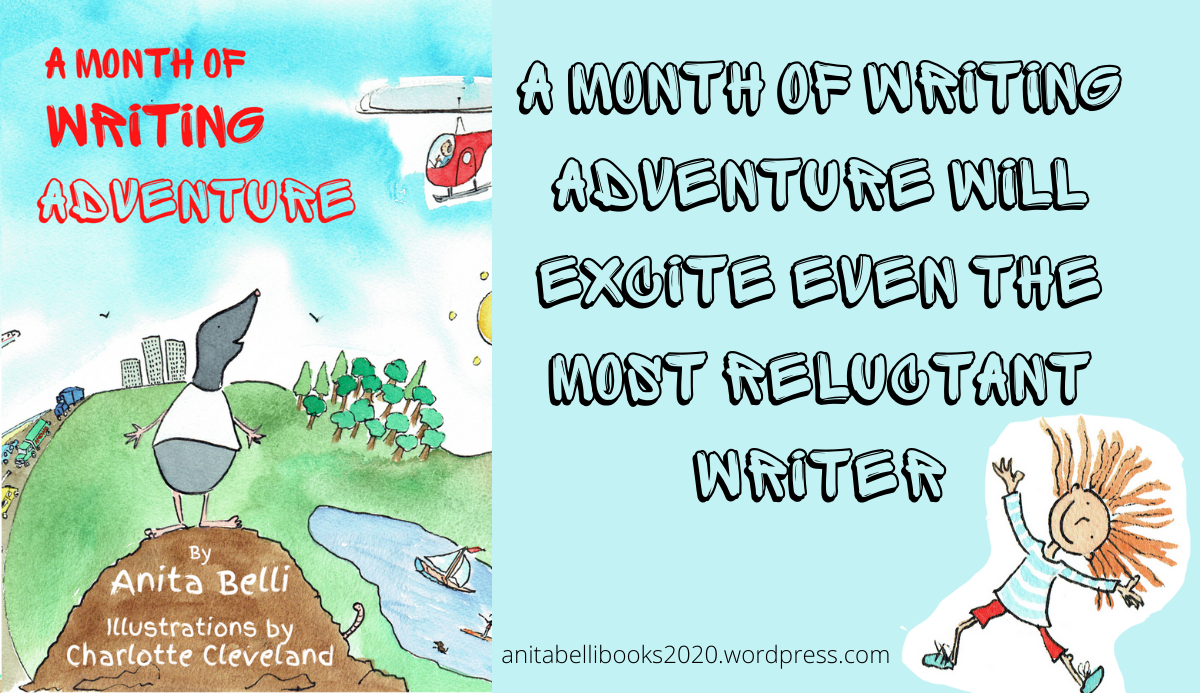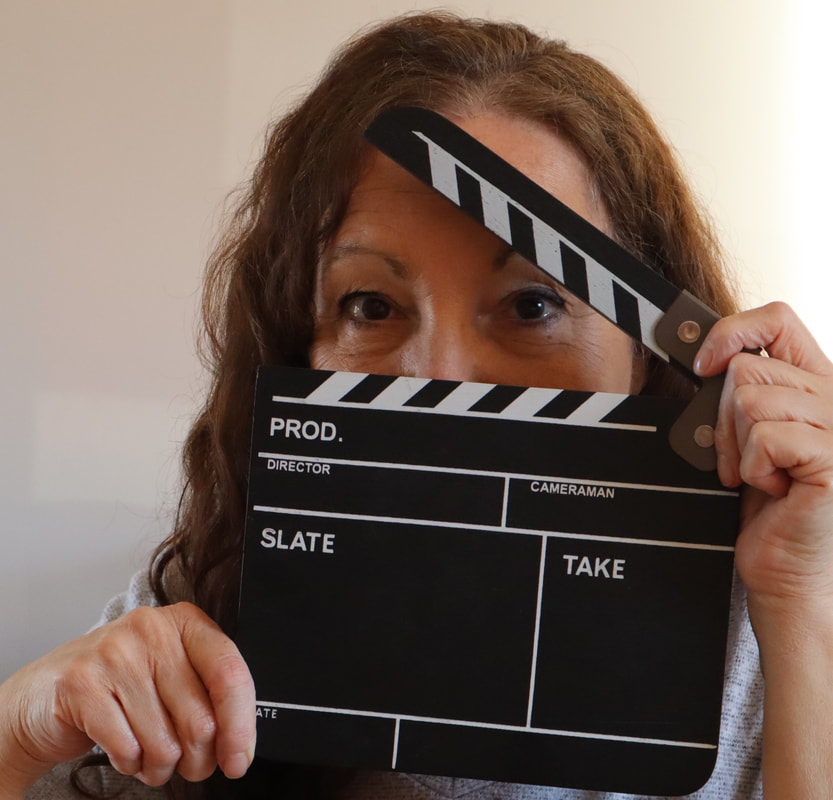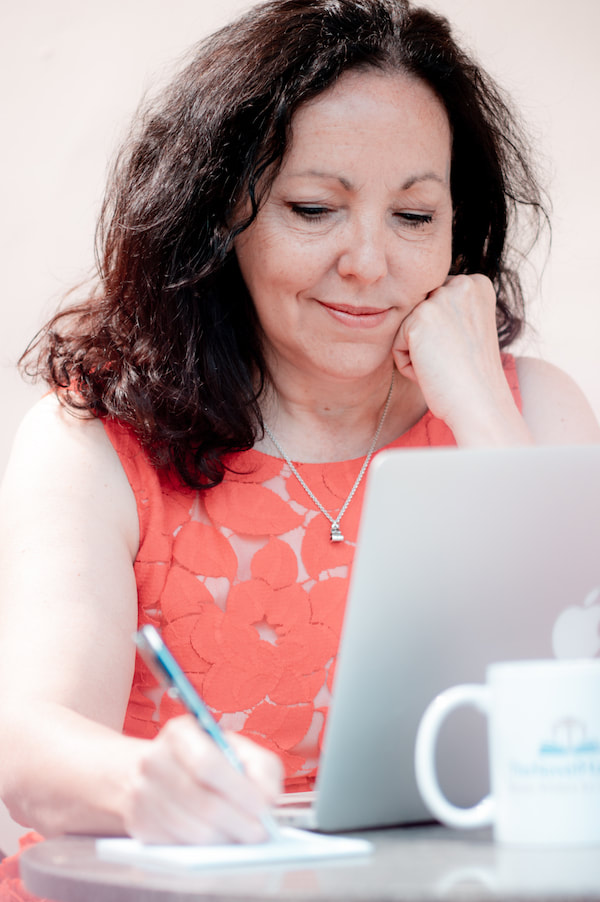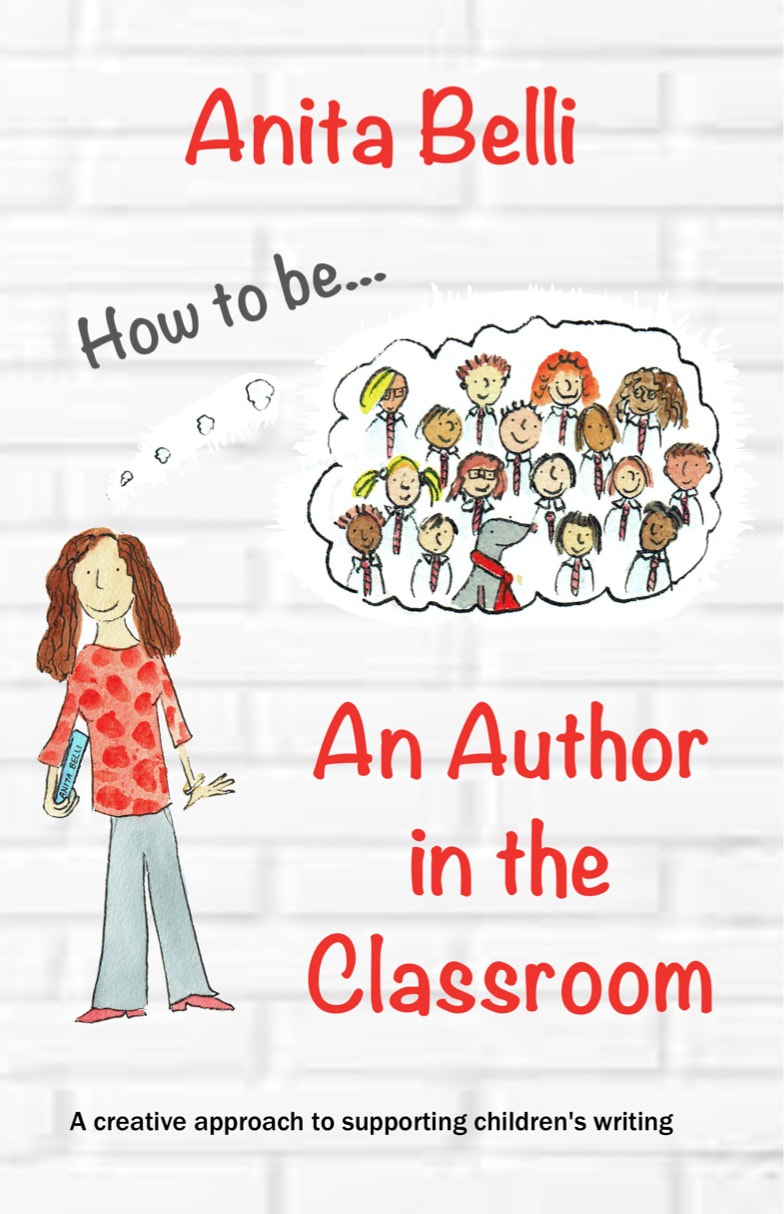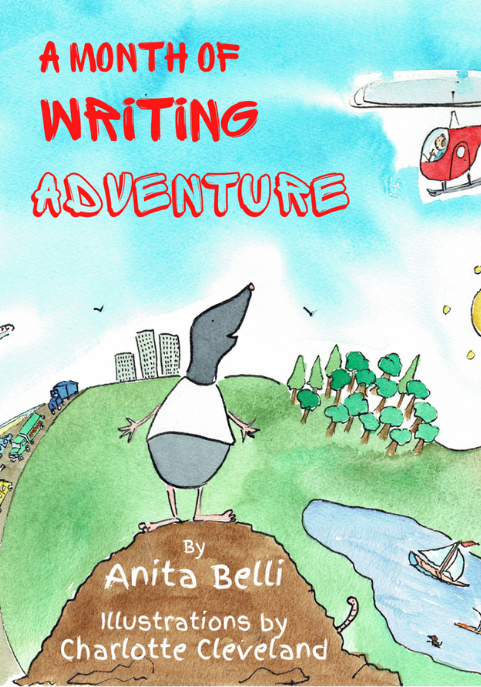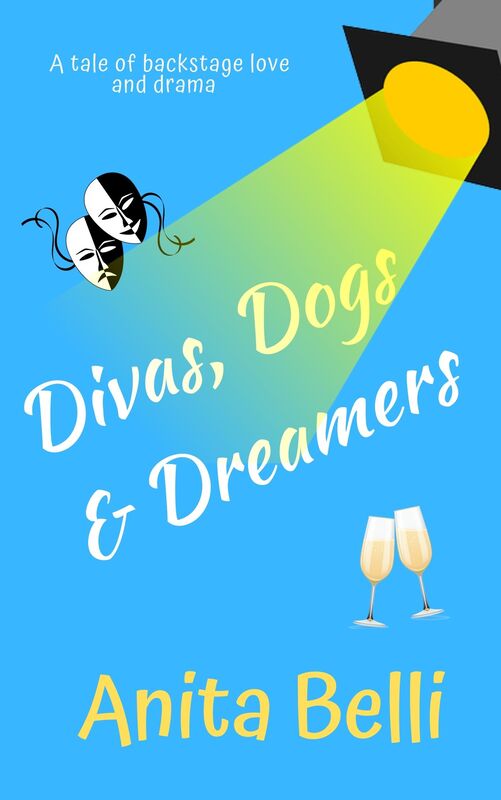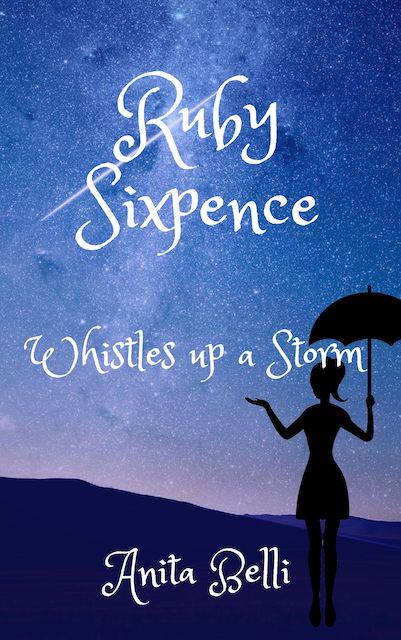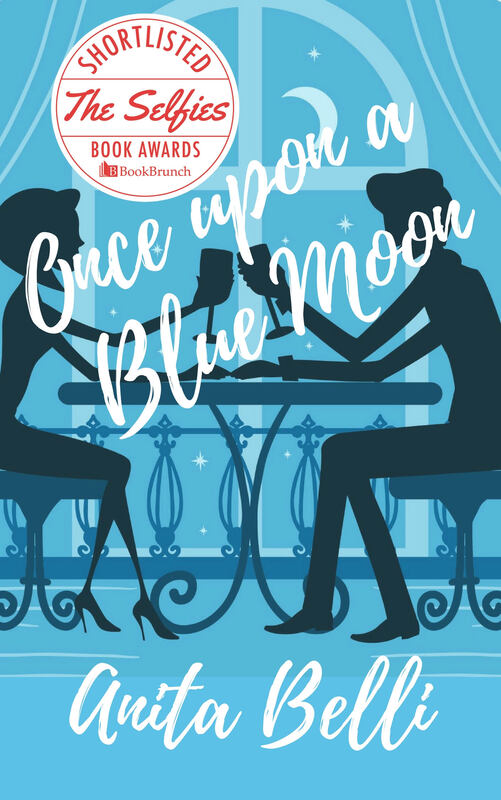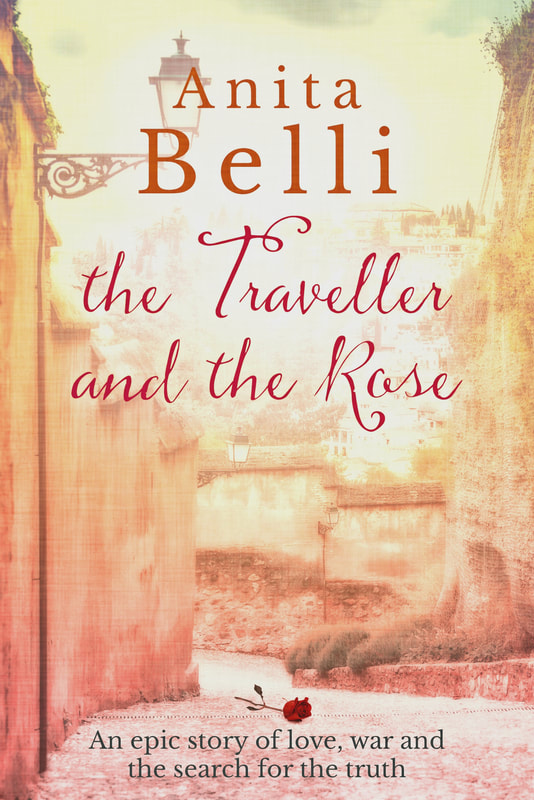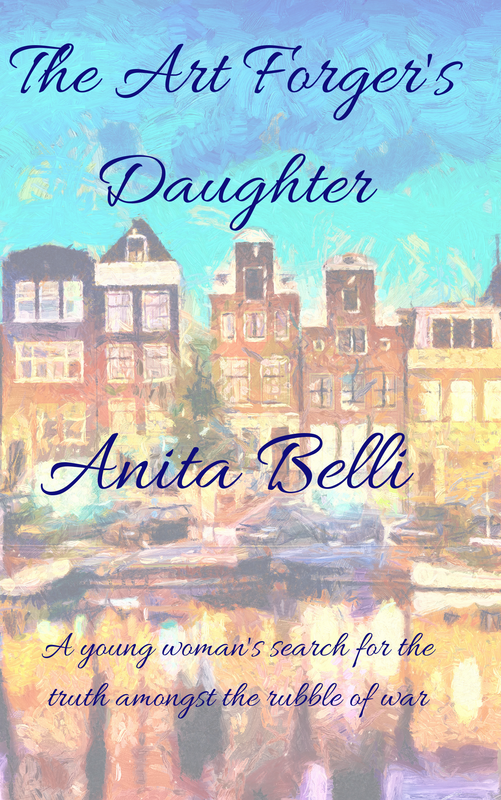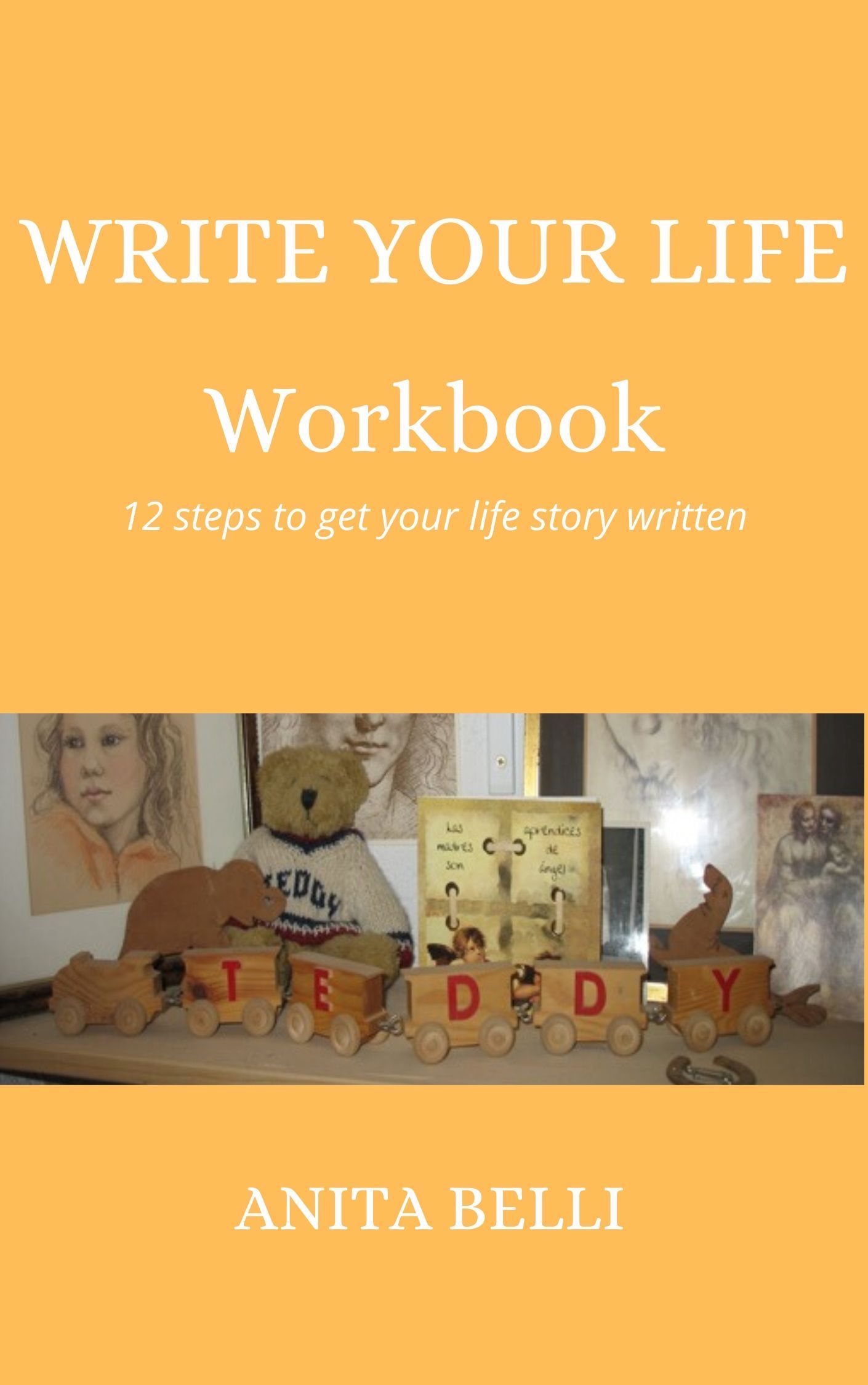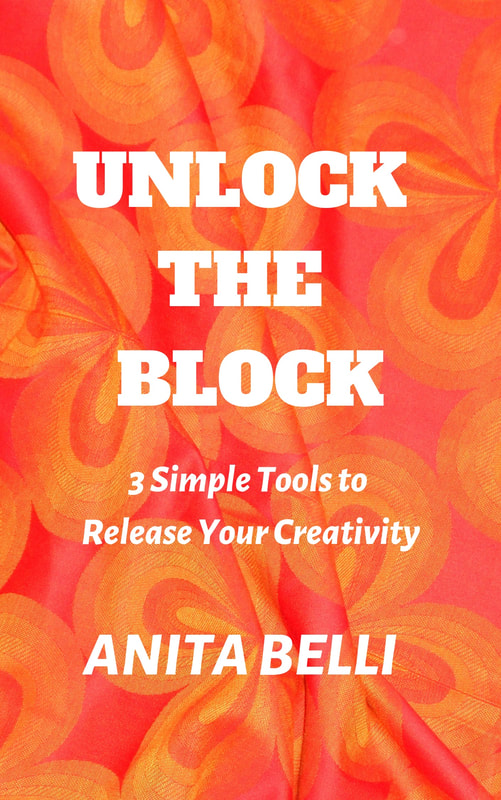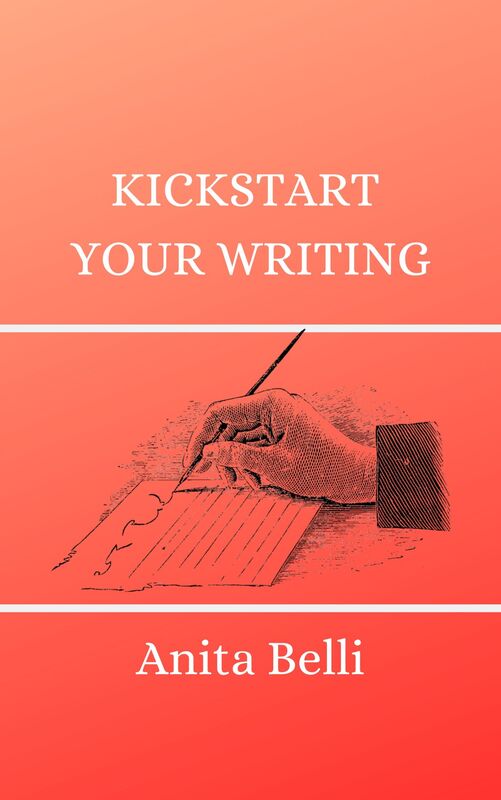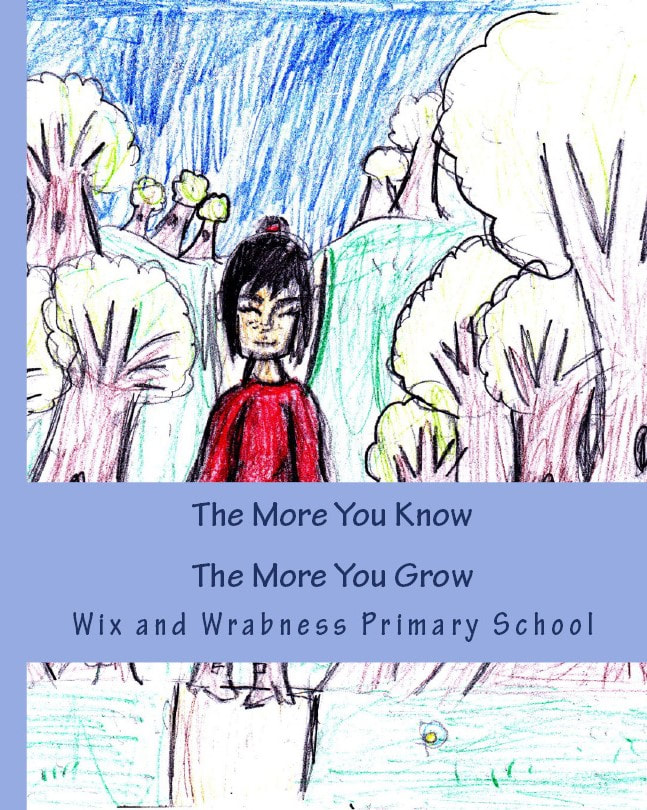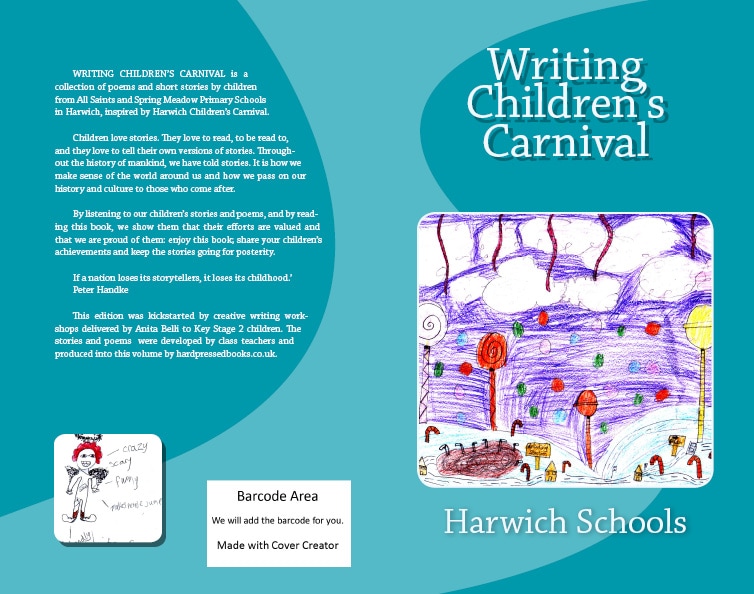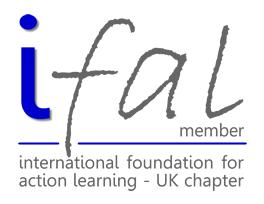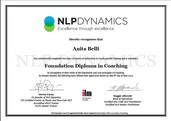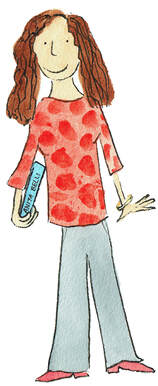
I am back in schools next week and planning the sessions for a project I have delivered a few times before in many local primary schools.
It is a project funded by my local council which was originally aimed at educating children about hate crime. It has now turned into a bigger project about cultural awareness and transforms the participants into Junior Ambassadors for their school and community.
The project involves artists from Africa, India and China as well as a session from local refugee support, an illustrator as well as my sessions as an author.
My job is to follow these other creative practitioners into the school and to deliver a creative writing response to the stimulus from their art forms.
So, for example, I will develop poems with the children following their Bollywood Dance experience, and focus on feelings and the senses. After the African drummer and storyteller, I will deliver a creative writing session which I call the 'Story Bones' where we will uncover the nature of story, and write our own African stories. And after Chinese calligraphy, we will explore 'characters.' I will use China as the setting and the characters will be based on the animals of the Chinese Zodiac. The programme about refugees is more generic; we will look at first hand testimony from refugees and write an account, or a letter home following an exploration of their journeys.
I am followed in each school by an artist, who explores images with the children which will illustrate their writing. The local council will then print a booklet of the children's writing and pictures for the school's library.
It is a big commitment from the schools, which are complex organisations under constant pressure to measure children and meet targets. And yet I have found that all the schools I have worked in have embraced this programme and managed to incorporate both the method and the message into their teaching schedule, especially in a time of Covid.
Over the past five years, I have worked in dozens of schools delivering a wide range of creative writing programmes. This work enables me to write. The two activities of writing and tutoring are symbiotic; being an author adds validation to being a creative writing tutor and devising and delivering workshops inspires my writing.
My programmes aim to make writing fun and my challenge is to inspire even the most reluctant writer. It is not about literacy – teachers are expert at that and do it really well. The work I do in schools is about the joy of writing and supporting children’s well-being through releasing their innate creativity.
Creativity can provide an anchor for children’s wellbeing in a world which is sometimes chaotic and often baffling. And that is true for grown-ups as well. Especially at the moment.
We are still in the midst of a global pandemic and measures are in place which make the work more challenging to deliver, but with hand washing, mask wearing, distancing, quarantining of shared resources and daily testing, we will make it safe.
I will continue my work in schools because in this programme, it nourishes not only the children's fluency in writing and ability to express ideas, but also delivers a strong message of tolerance and kindness. It opens minds where when we have been locked down for so long; it gives children experiences of cultures they may not have come across; and it gives them a way to express their creativity through real life experiences.
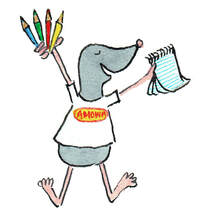
I am sharing my own experiences of being an Author in the Classroom in a book which will be available in the Autumn, and I hope will inspire more writers and other creative practitioners to consider what value they can add to their own work and also to their local community.
Coming soon
Author in the Classroom
